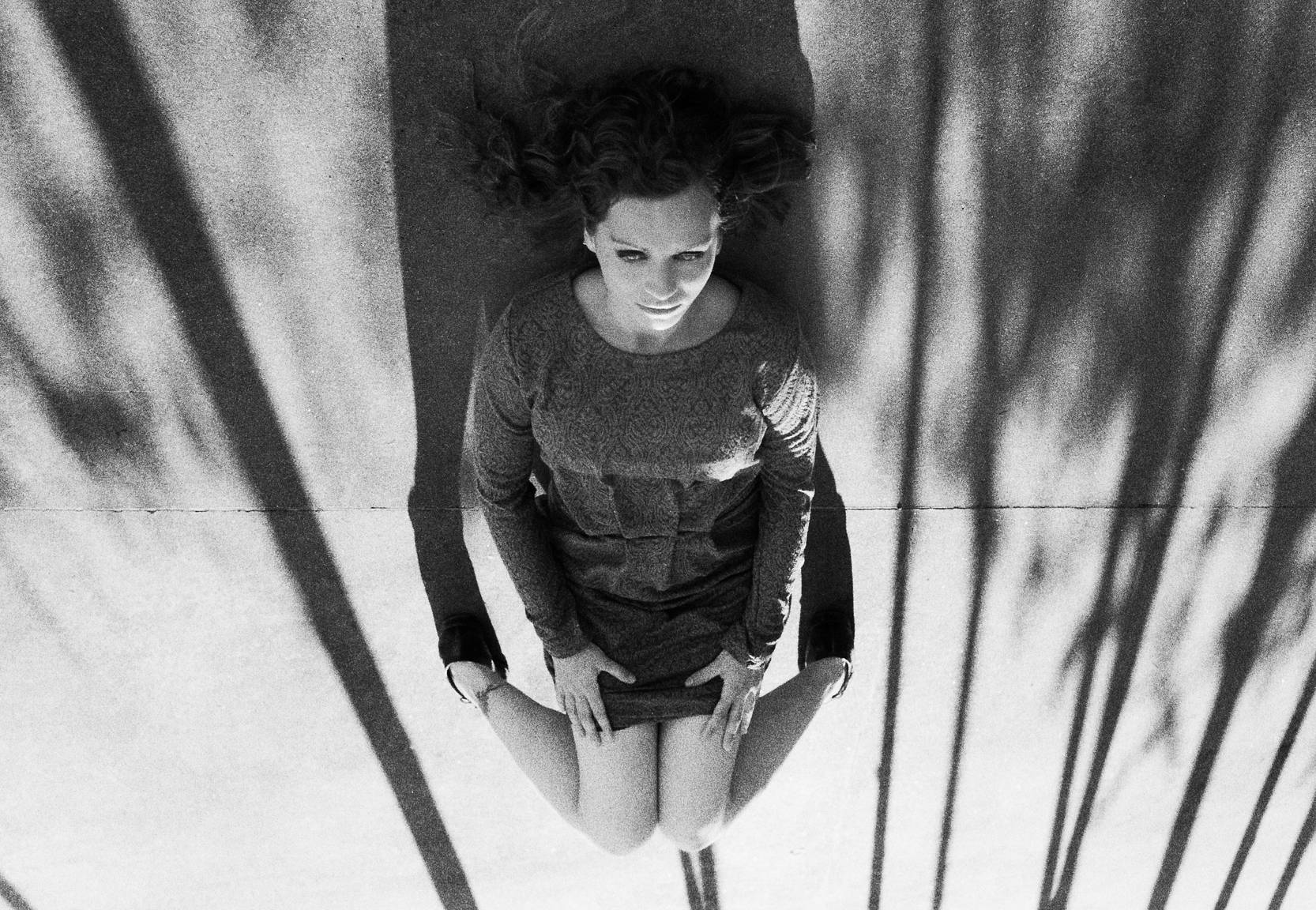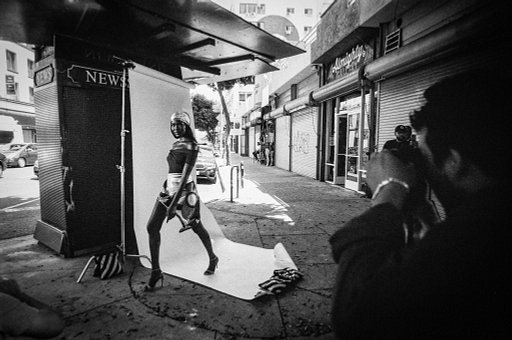A Beginner's Guide on Working with Lomography's Black and White Kino Films Collection
15 Share TweetA new season befalls us as we welcome autumn. The weather's perfect for some somber moods and doses of melancholia -- and what better way to express these through black and white photography? Let us help you start your monochromatic routine by introducing our black and white Kino films. We hope this rundown will help you in familiarizing each film's strengths and assets.
The Perfect Portrait with Potsdam Kino
Taking after the elegant monochrome of New German cinema, the Potsdam Kino boasts an endless tonal variation and gradation to create the perfect black and white portrait. The subtle contrast the Potsdam Kino film offers is perfect for capturing skin tones and translate them into their corresponding equivalent in on grayscale with the fine, crisp grain. A tip-in making the most out of the film is to take photographs against different striking bold colors and textures to bring out the tonal range of the film.
Of course, the Potsdam Kino is not limited to portrait photography. The medium speed, the triacetate-based film is made to take heavy hits with darkroom experiments. Do check out the Lomography B&W Potsdam Kino Cookbook to utilize the flexibility of the film.
Film Noir with Berlin Kino
When recreating the majestic black and white auteur work of the 1960s, nothing beats the Berlin Kino film. Inspired by the New German Cinema, the Berlin Kino offers a high dynamic range meant for any environment and lighting conditions at ISO400. This balanced sensitivity makes it perfect for blockbuster shots that focus and capture details and moments for emotive storytelling. Use quality photographic equipment like Art Lenses to amplify the movie-like quality through bokeh and spherical aberration. The film can also be pushed up to 800, 1600, or 3200 for grittier, harsher styles. Either way, the Berlin Kino enhances your control of the elements in visual storytelling.
Interested in modifying your Berlin Kino shots during the film developing stage? Take a peep out of our development chart.
The Fine Art Signature with Babylon Kino
When it comes to delivering results with fine artwork, the Babylon Kino is the forerunner. The film has a low speed of ISO 13 meant for those who are seeking more creative control. The use of manual cameras is the most recommended to make the most out of the film. The results? High editorial, avant-garde imagery. The film has low grain and subtle tonal range that makes every detail perfectly yet artfully manifested. The Babylon Kino offers the most interesting results when working with different developers -- for the darkroom artisans, this film is for you.
Fantôme Kino in Phantasmagoria
Here in the Lomography Community, we notice that there are a lot of daydreamer analogue lovers that can't get enough with the surreal and unearthly. If painting photographs with a film camera is what you're after, the Fantôme Kino is the brush. Lomographers will take delight in Fantôme Kino's experimental capabilities. Softened contrasts, subtle shadows to gritty, ink-like tones with retention of grays. It's perfect for dramatic imagery. Using a pinhole camera will make this film's qualities stand out even more. You can check out this guide in getting to know the Fantôme Kino.
Kick start your panchromatic journey with our Kino films now! Grab your rolls from the Online Shop and gallery stores.
written by cielsan on 2020-10-06 #gear #tutorials #analogue-photography #film-photography #black-and-white-photography







































No Comments